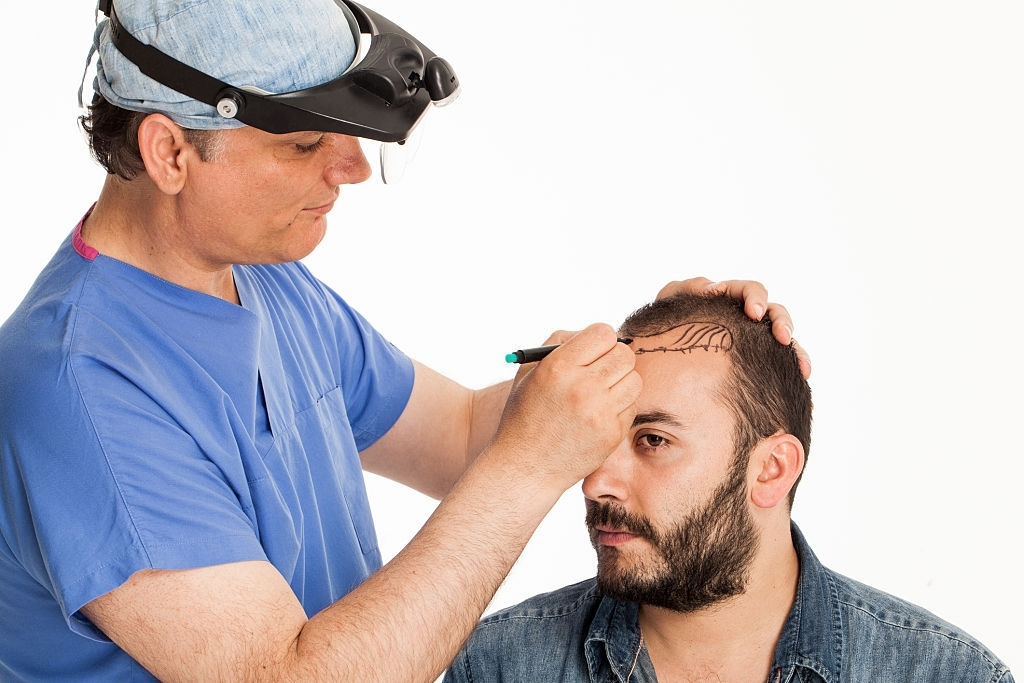Getting a Hair Transplant Islamabad is a significant step toward restoring your hairline and boosting your confidence. However, the procedure is only the first part of the journey — proper aftercare is crucial to ensure the newly transplanted grafts heal properly and grow successfully. One often overlooked but essential part of this recovery process is how you sleep after the surgery. Sleeping incorrectly can damage the grafts, cause unnecessary swelling, and slow down the healing process. Let’s dive into everything you need to know about sleeping safely and comfortably after a hair transplant surgery.
Why Is Sleeping Position So Important After a Hair Transplant?
After a hair transplant, your scalp is sensitive, and the newly implanted grafts are vulnerable. In the first few days post-surgery, the grafts haven’t fully settled, and any pressure, friction, or accidental pulling can dislodge them.
Sleeping in the right position helps:
- Protect the grafts: Avoiding direct contact with the grafts prevents dislodgement.
- Minimize swelling: Keeping the head elevated reduces post-surgical swelling.
- Promote healing: Proper blood flow and oxygen supply to the scalp support faster recovery.
Let’s break down the best sleeping practices to ensure your recovery is smooth and successful.
Ideal Sleeping Position After a Hair Transplant
Your sleeping position plays a massive role in protecting your grafts. Here’s how to sleep properly:
1. Sleep with Your Head Elevated
For the first 7-10 days, sleep with your head elevated at a 45-degree angle. This position reduces swelling, prevents fluid buildup, and keeps your scalp safe from friction.
How to achieve this position:
- Use two or three pillows to prop yourself up.
- Alternatively, a recliner chair works perfectly to maintain this angle throughout the night.
- Consider using a travel neck pillow to keep your head stable and prevent unconscious movement during sleep.
2. Sleep on Your Back
Avoid sleeping on your stomach or sides. These positions can create direct pressure on the transplanted area, risking damage to the delicate grafts.
If you’re a side sleeper, retraining yourself to sleep on your back might be challenging — but it’s worth it to protect your results.
3. Use a Soft, Clean Pillowcase
A silk or satin pillowcase is ideal. These fabrics are gentler on the scalp, reducing friction and irritation compared to rough cotton pillowcases.
Ensure the pillowcase is clean to minimize the risk of infection. Washing it daily for the first week is recommended.
How Long Should You Sleep This Way?
Most surgeons recommend maintaining this sleeping position for 7-10 days. By this time, the grafts are usually secure enough to withstand mild pressure. However, it’s always best to get confirmation from your surgeon during the follow-up appointment.
Common Sleeping Challenges and How to Overcome Them
It’s normal to experience some discomfort when adjusting to a new sleeping position. Let’s address the most common problems:
1. Struggling to Stay on Your Back
If you tend to roll over in your sleep, try these tips:
- Place pillows on either side of your body to create a supportive “barrier.”
- A pregnancy pillow or U-shaped body pillow works wonders in keeping your body stable.
- If you wake up on your side or stomach, reposition yourself immediately.
2. Neck or Back Pain from Elevation
Elevated sleeping positions can sometimes cause neck strain or back pain. To prevent this:
- Ensure your pillows support your neck and upper back evenly.
- Use memory foam pillows that contour to your body’s shape.
- A recliner chair can help provide balanced support while keeping you upright.
3. Restlessness and Inability to Fall Asleep
It’s natural to feel restless when you’re in an unfamiliar sleeping position. To improve sleep quality:
- Avoid caffeine or heavy meals before bed.
- Engage in light, relaxing activities like reading before sleep.
- Consider using white noise machines or soft music to create a calming environment.
Additional Aftercare Tips for Better Recovery
Sleeping correctly is just one part of the aftercare journey. To ensure optimal results, follow these extra tips:
- Hydrate well to support tissue healing.
- Avoid alcohol and smoking for at least two weeks, as these can hinder blood flow to the scalp.
- Skip strenuous activities and workouts to prevent sweating and irritation.
- Avoid touching or scratching your scalp, even if it itches during the healing phase.
- Stick to your prescribed medications — antibiotics, painkillers, and anti-swelling medications are essential for a smooth recovery.
Signs You’re Sleeping the Wrong Way
If you experience any of the following, it’s time to reassess your sleeping position:
- Increased swelling or puffiness on the forehead or around the eyes.
- Tenderness or soreness in the transplanted area.
- Dislodged grafts — tiny scabs or hairs falling out with bleeding.
- Prolonged redness or signs of infection like pus or excessive warmth.
If any of these occur, contact your surgeon for guidance immediately.
Final Thoughts
Proper sleeping posture after a hair transplant is vital to protect the grafts, reduce swelling, and promote faster healing. By keeping your head elevated, sleeping on your back, and using clean, soft bedding, you’ll create the perfect environment for your newly transplanted hair to thrive.
For expert care and guidance throughout your hair restoration journey, Dynamic Clinic provides comprehensive hair transplant services in Islamabad. Their skilled team ensures you’re supported every step of the way — from consultation to aftercare — so you achieve the best, most natural-looking results.









